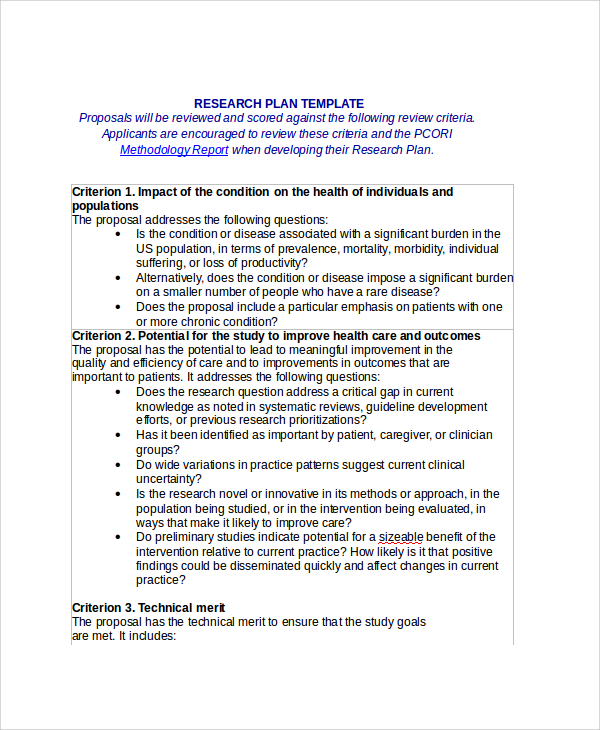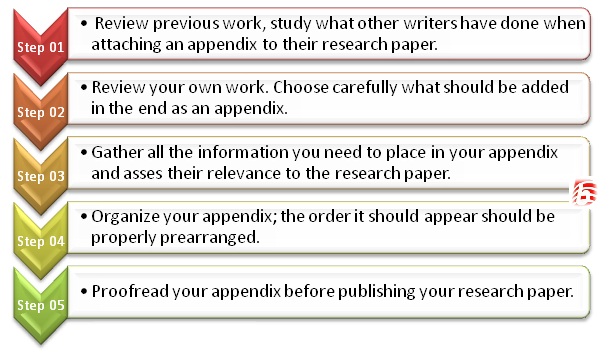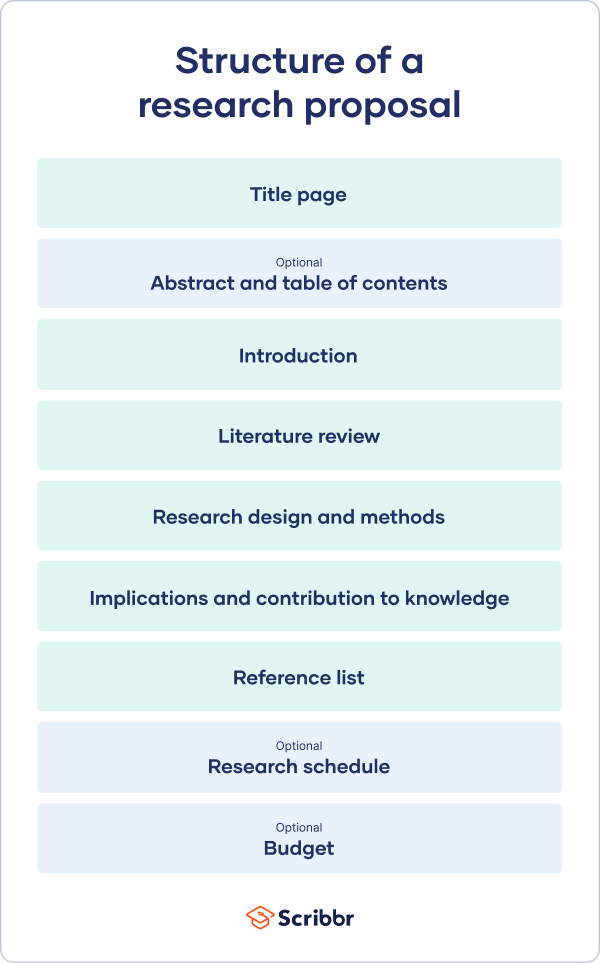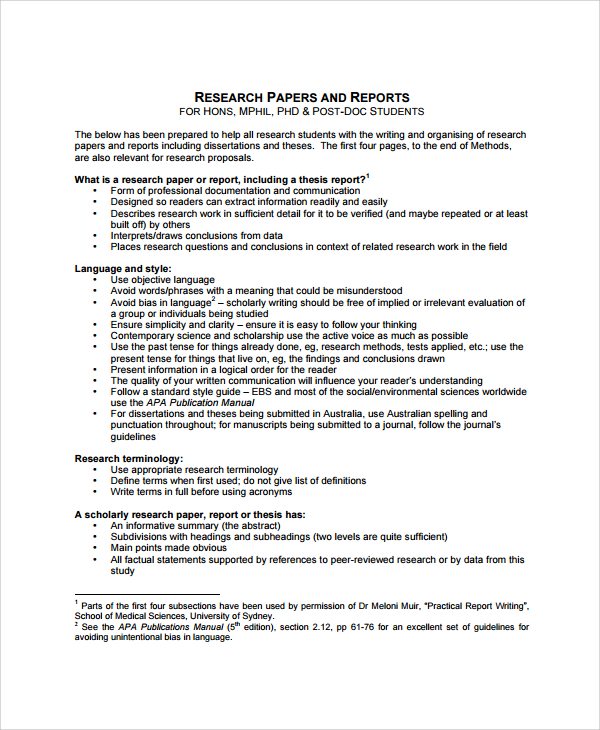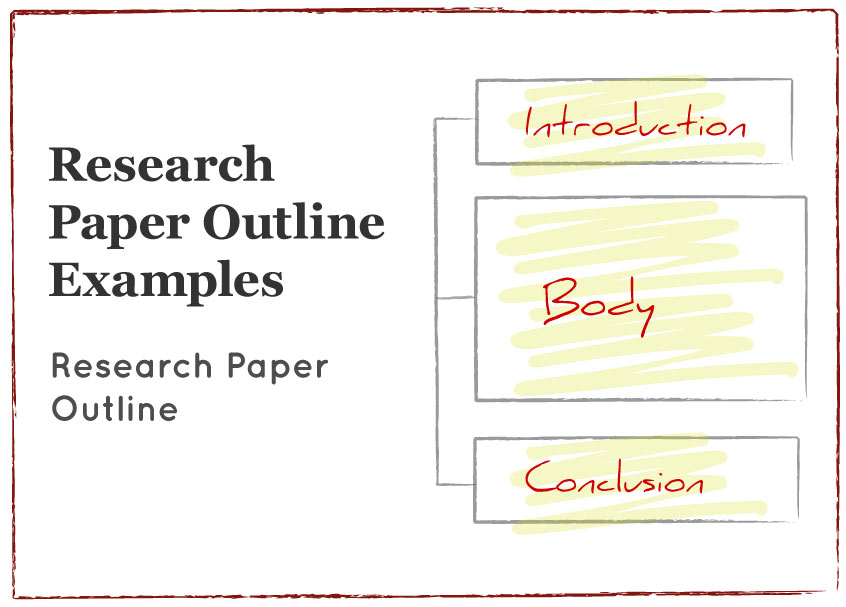A research layout is a plan or outline that guides the process of conducting a research study. It typically includes a description of the research question, the methods used to collect data, the sample or population being studied, and the data analysis techniques that will be employed. A research layout can be a useful tool for organizing and clarifying the research process, as well as for communicating the details of the study to others.
Here is an example of a research layout for a study examining the relationship between social media use and self-esteem in adolescents:
Title: "The Impact of Social Media on Self-Esteem in Adolescents"
Research Question: Does the amount of time spent on social media have a negative impact on self-esteem in adolescents?
Methods:
- Participants: A sample of 200 adolescents aged 13-18 will be recruited from local schools and youth organizations.
- Data Collection: Participants will complete an online survey assessing their social media use, self-esteem, and other relevant variables.
- Data Analysis: Multiple regression analysis will be used to examine the relationship between social media use and self-esteem, controlling for other relevant variables.
Expected Results: It is hypothesized that higher levels of social media use will be associated with lower levels of self-esteem in adolescents.
Importance: Understanding the impact of social media on self-esteem in adolescents is important for developing interventions and policies to support the well-being of young people.
This research layout provides a clear overview of the study and its aims, as well as the methods that will be used to collect and analyze data. It also specifies the expected results and the importance of the research, which can help to contextualize the study and communicate its significance to others.
Overall, a research layout is a useful tool for organizing and clarifying the research process, as well as for communicating the details of the study to others. By outlining the research question, methods, and expected results, researchers can more effectively plan and conduct their studies, as well as communicate their findings to others.

